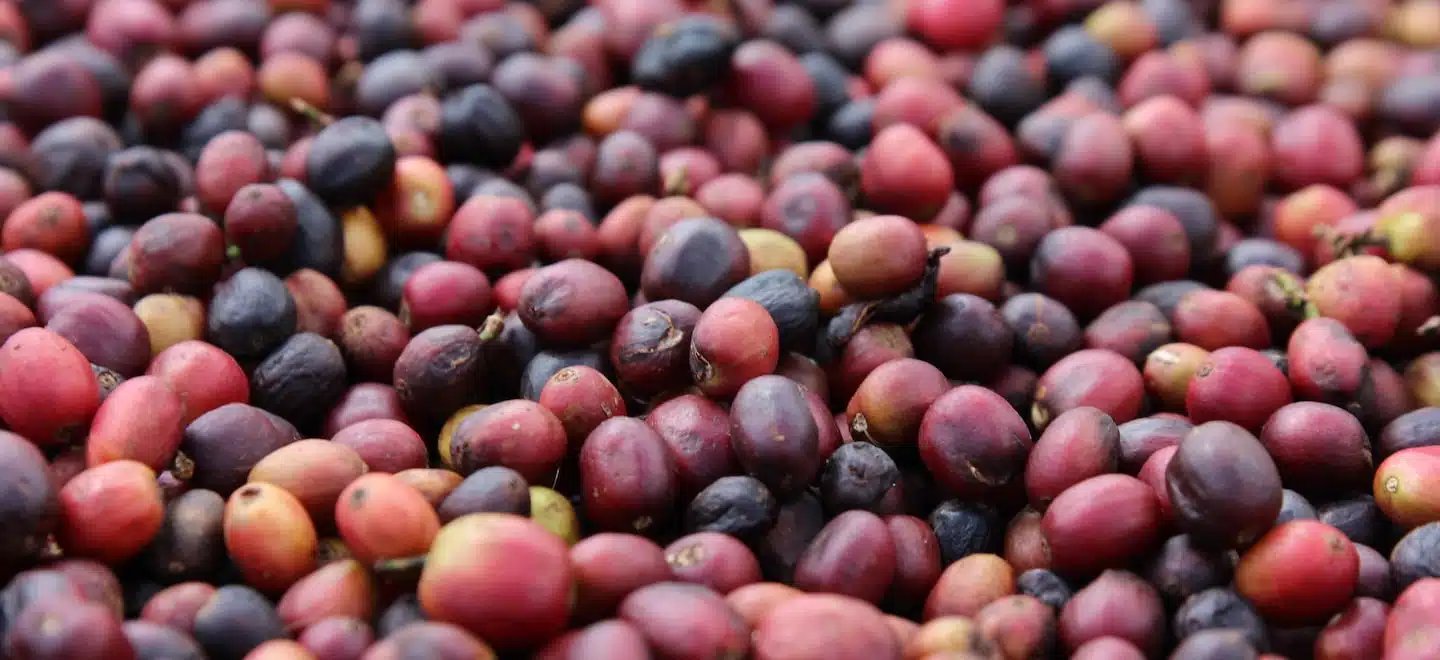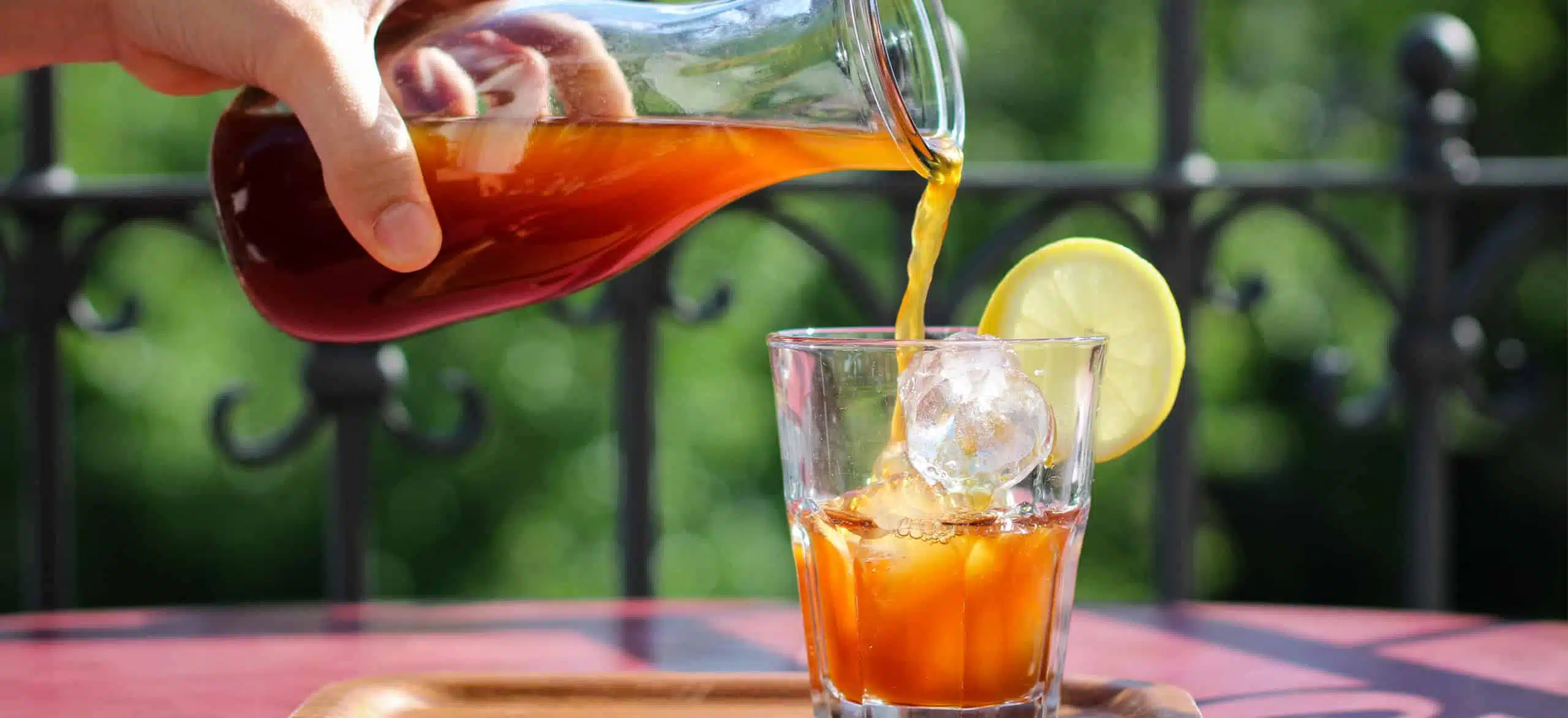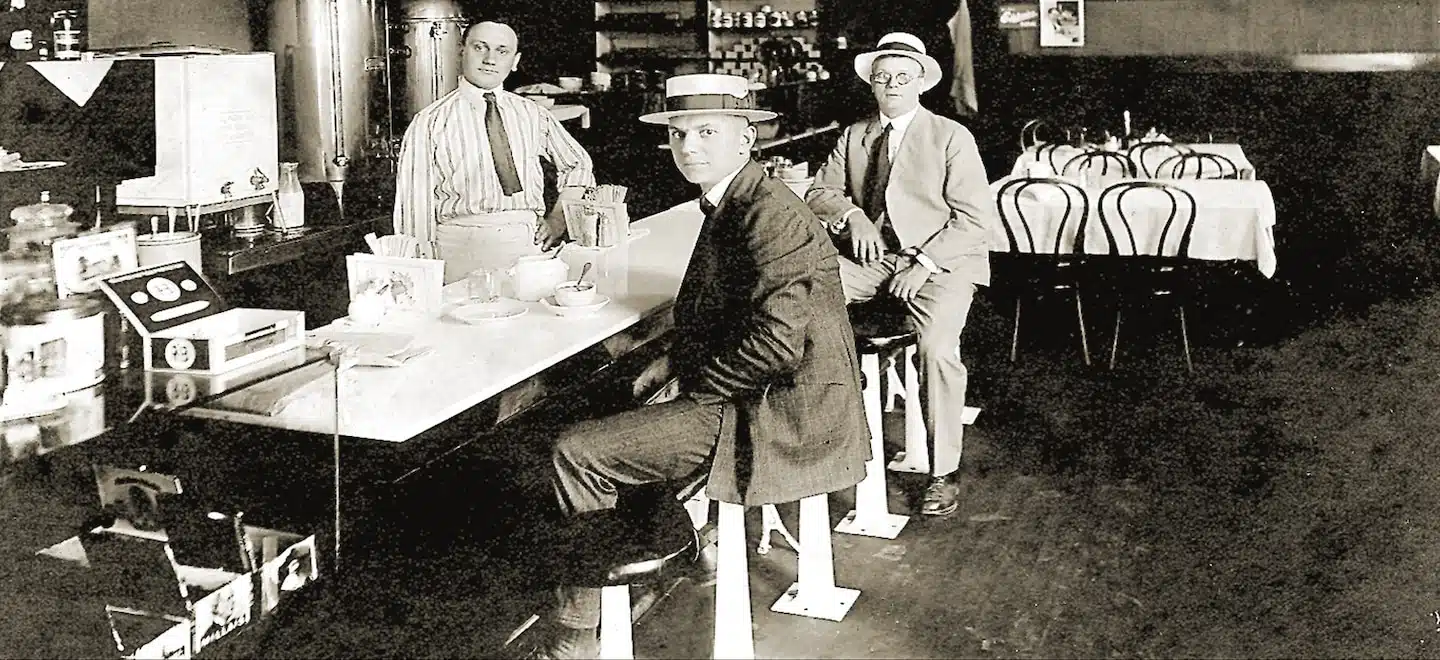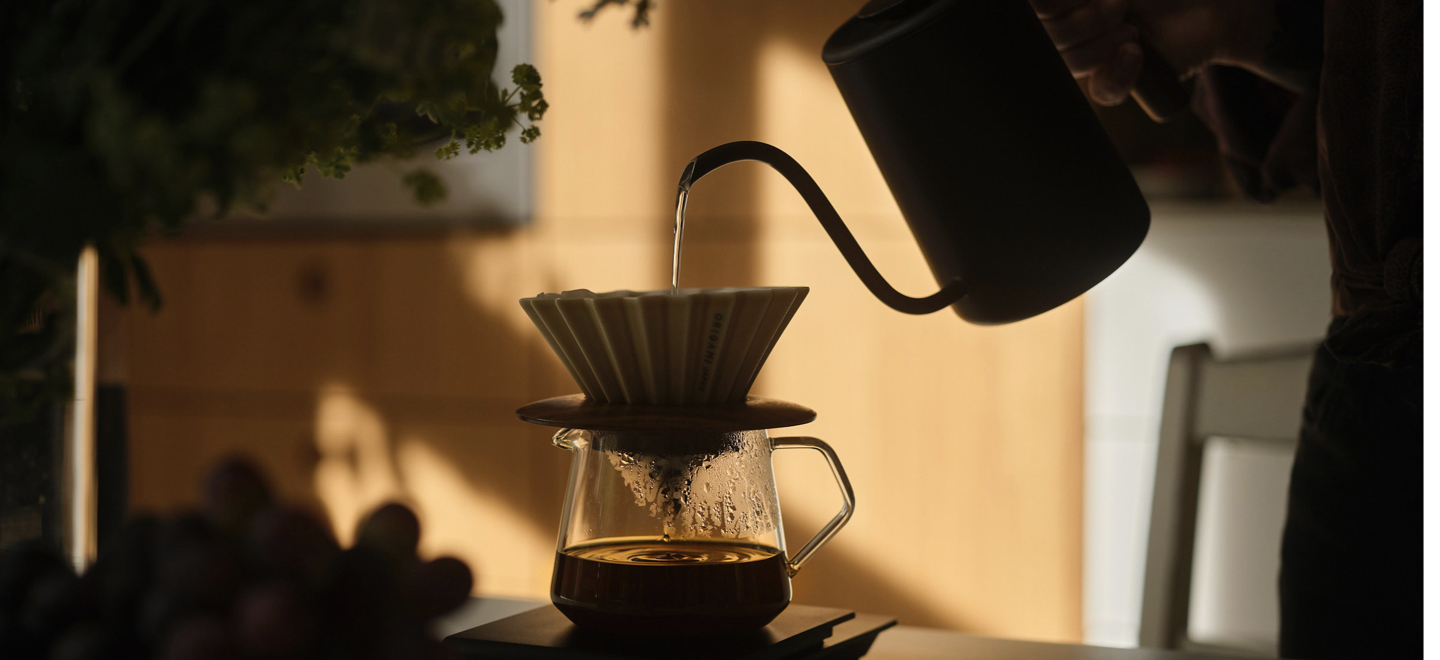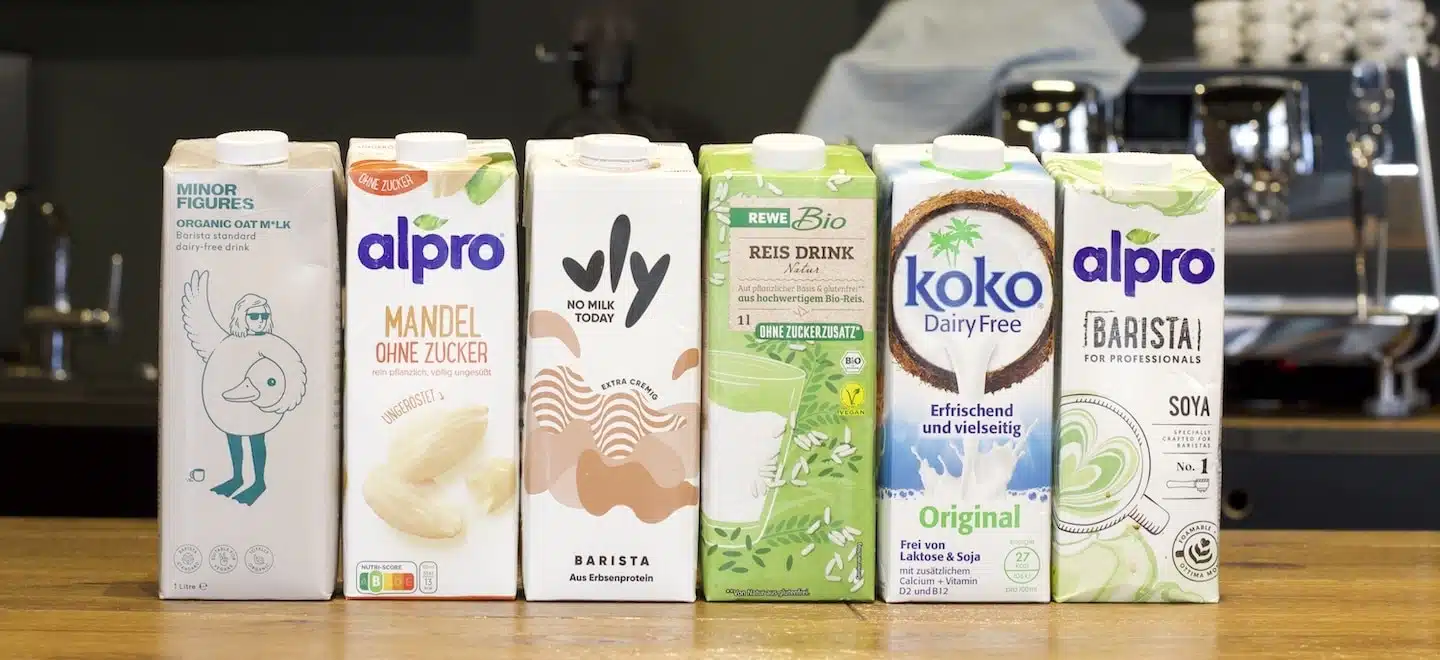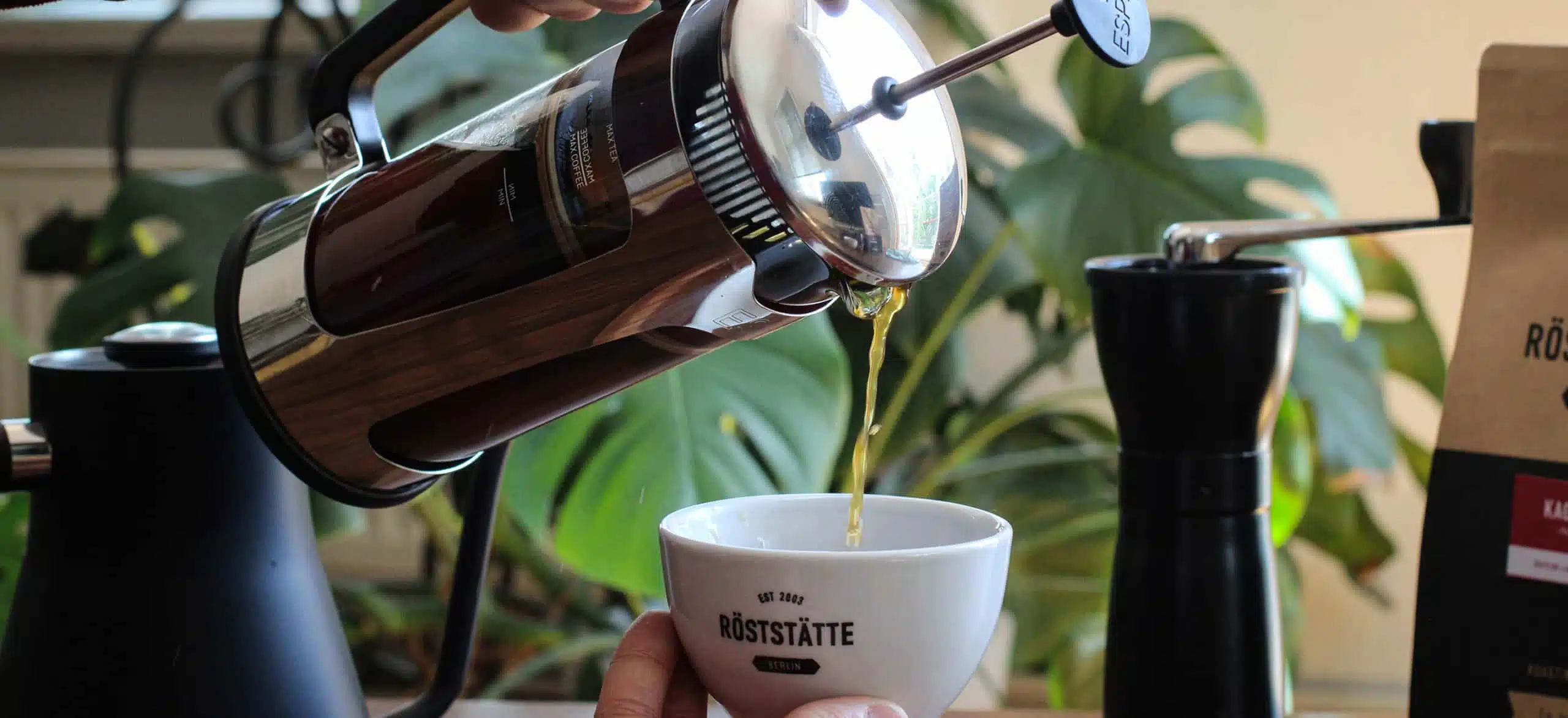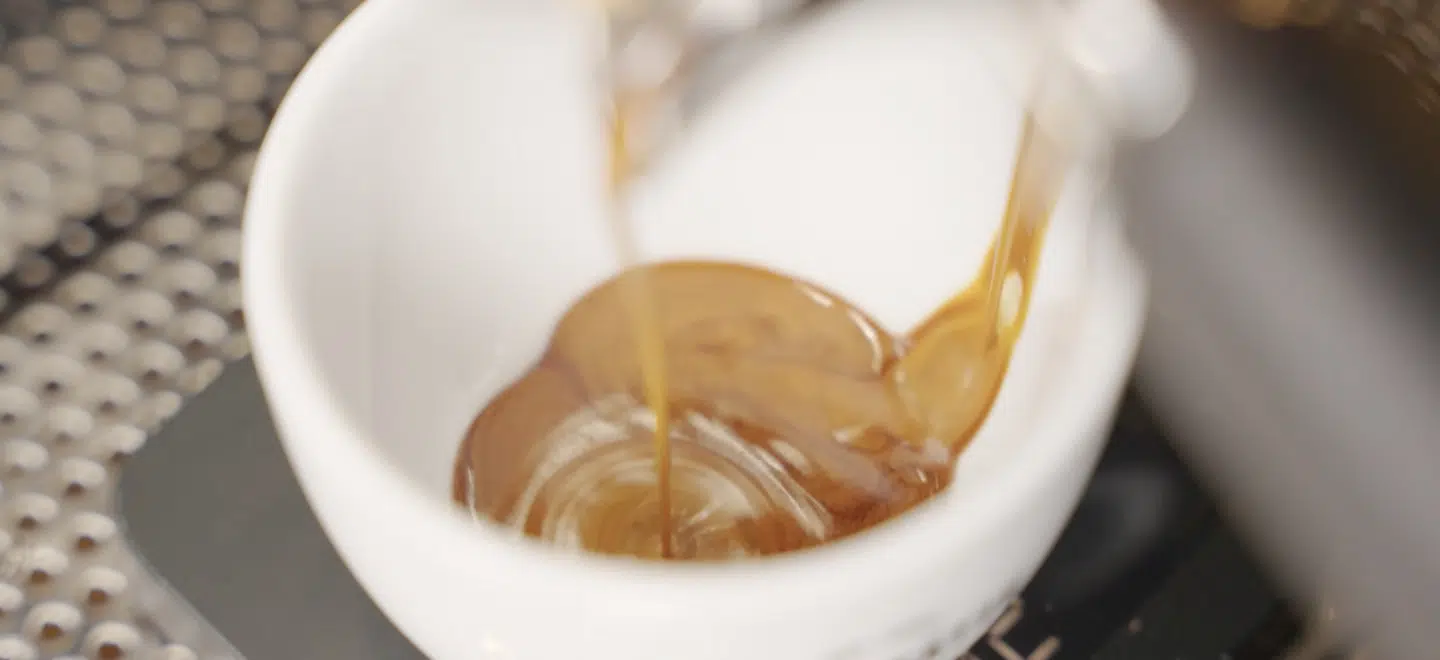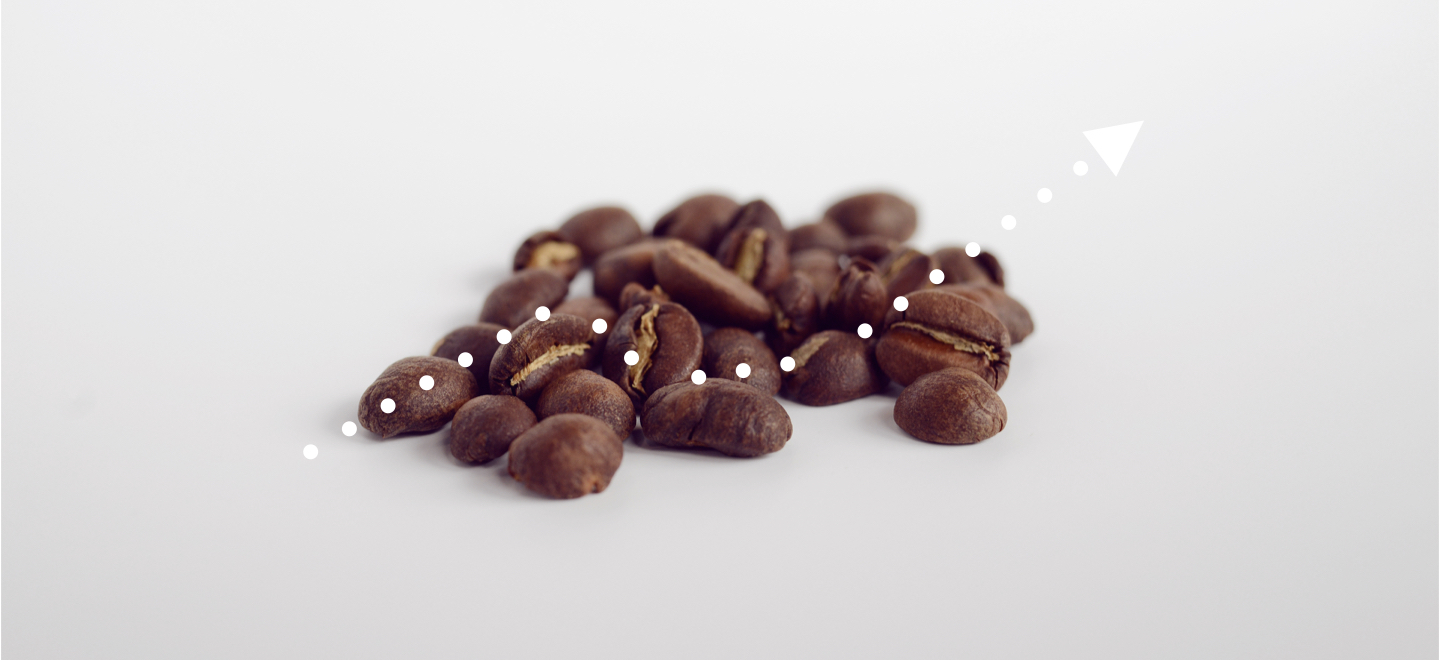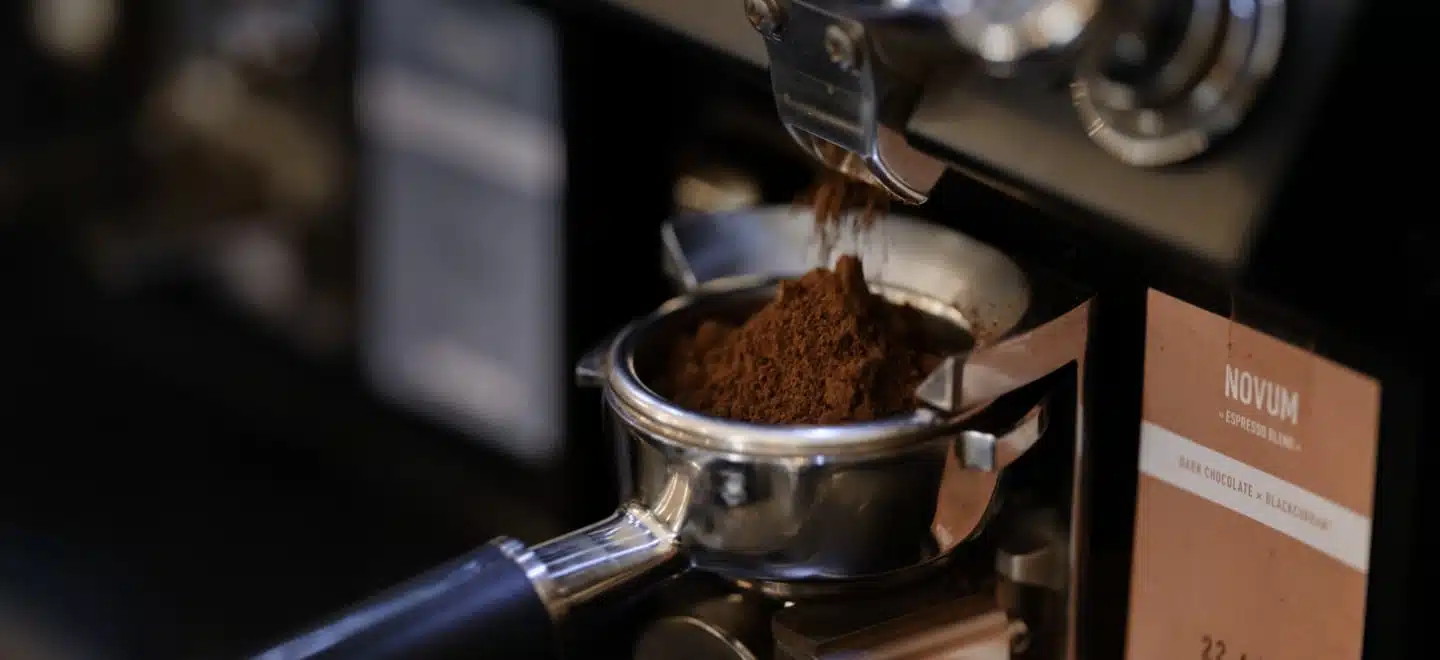Coffee fermentation 2.0: New methods of coffee preparation
Recently, new flavors have been making their way onto the coffee shelves of this world. From tropical fruits such as papaya or pineapple to cocoa or cinnamon, the flavor spectrum is becoming increasingly diverse and complex. This is often due to the special fermentation method of the respective coffees. Whether carbonic or anaerobic - we have taken a closer look at the two processes for you and explain what happens during coffee fermentation.
The world of specialty coffee is constantly changing and trying to reinvent itself to provide the end consumer with an exceptional taste experience. Coffee fermentation is a trend that is becoming more popular, especially in the growing countries. Producers are always looking for improved and innovative ways to differentiate themselves from the competition and offer their customers, roasters and green coffee importers, an interesting product portfolio.
What are actually fermented coffees?
Fermentation is a natural change in a food that comes into effect once sugar and water are combined. Since the coffee cherry is full of both components, the natural fermentation process begins shortly after it is picked. During the fermentation itself, a chemical reaction occurs in which microorganisms such as yeast, bacteria and other organisms break down and transform the pulp of the coffee cherry. Heat is generated and it is mainly glucose that is transformed and decomposed by the microorganisms.
In which coffee is fermented, the taste of the coffee can be very influenced and extraordinary, very complex flavor profiles can be created. This natural "tool" is therefore used by a great many coffee producers to develop unique coffees. However, fermenting coffees in a controlled manner is a master discipline that can only be successfully accomplished through a great deal of know-how and experimentation.
Only a few coffee producers master this discipline at the highest level. Although farmers grow the same coffee year after year, uncontrolled fermentation in the air always gives them different results, leaving them with an unsecured income. Controlled fermentation ensures that coffee producers can repeat similar flavor profiles to maintain consistency in their production. In the specialty coffee scene, one reads about two methods in particular that have recently become more popular. Anaerobic fermentation and the so-called carbonic maceration (CM).
In which coffee is fermented, the taste of the coffee can be very influenced and extraordinary, very complex flavor profiles can be created. This natural "tool" is therefore used by a great many coffee producers to develop unique coffees. However, fermenting coffees in a controlled manner is a master discipline that can only be successfully accomplished through a great deal of know-how and experimentation.
Only a few coffee producers master this discipline at the highest level. Although farmers grow the same coffee year after year, uncontrolled fermentation in the air always gives them different results, leaving them with an unsecured income. Controlled fermentation ensures that coffee producers can repeat similar flavor profiles to maintain consistency in their production. In the specialty coffee scene, one reads about two methods in particular that have recently become more popular. Anaerobic fermentation and the so-called carbonic maceration (CM).
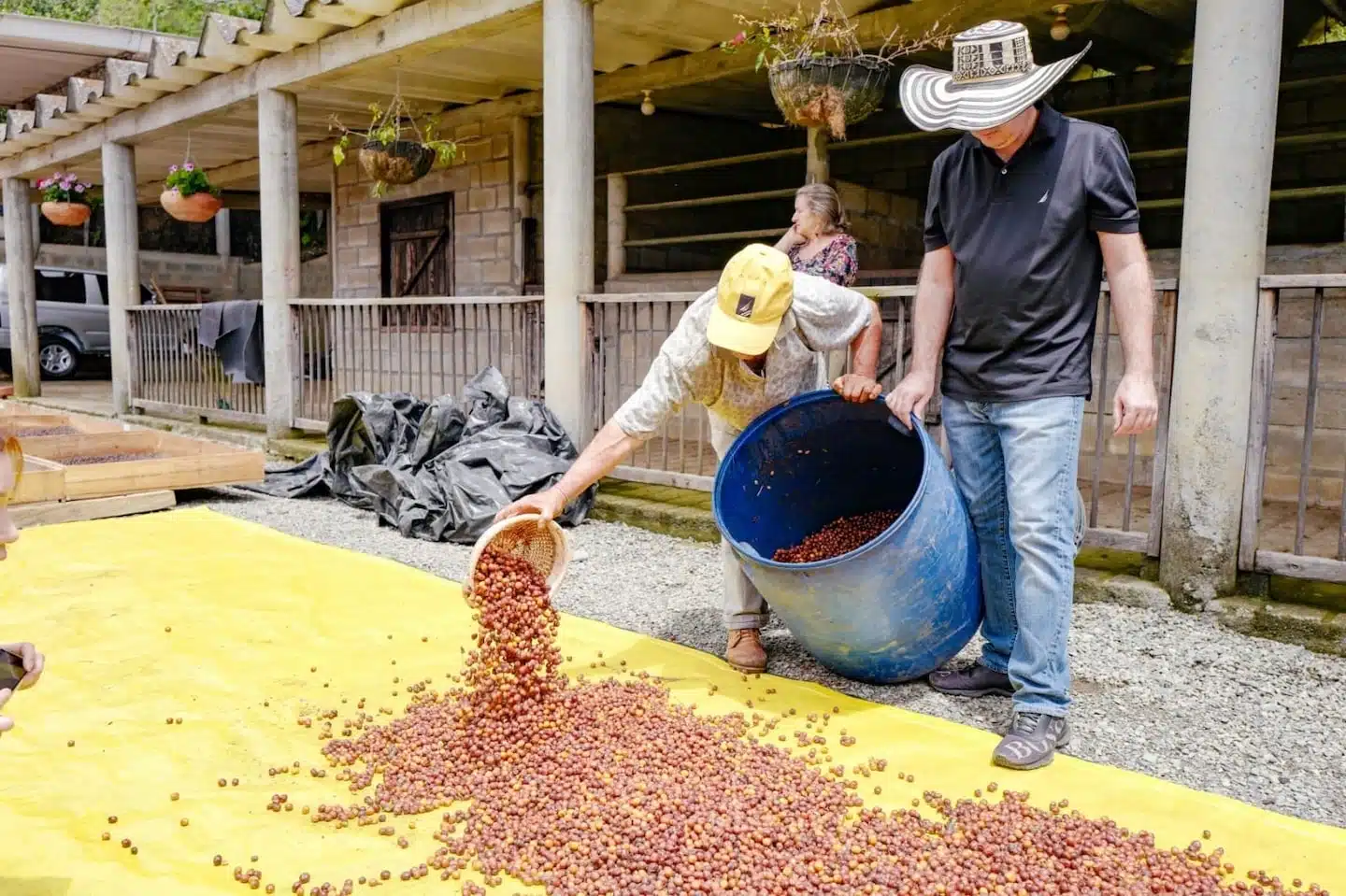
The anaerobic fermentation
In anaerobic fermentation, the hulled coffee cherries are placed in tanks or containers. As soon as the beans are added, the oxygen is extracted and tightly sealed. The exhaust valve on the tank removes the new CO2 produced during fermentation without allowing oxygen to enter the tank from the outside. Under anaerobic conditions, the microorganisms can work for up to 96 hours and give the coffee an exceptional taste.
The advantage with anaerobic fermentation is that the producer has a certain level of control, as it is possible to slow down or speed up the fermentation. Unlike the dry or washed processing method, external conditions such as wind, outside temperature or the water used, have little to no effect on the fermentation. With anaerobic fermentation, the coffees often develop a creamy texture and cinnamon like notes in the flavor, accompanied by a floral or fruity-sweet taste.
The advantage with anaerobic fermentation is that the producer has a certain level of control, as it is possible to slow down or speed up the fermentation. Unlike the dry or washed processing method, external conditions such as wind, outside temperature or the water used, have little to no effect on the fermentation. With anaerobic fermentation, the coffees often develop a creamy texture and cinnamon like notes in the flavor, accompanied by a floral or fruity-sweet taste.
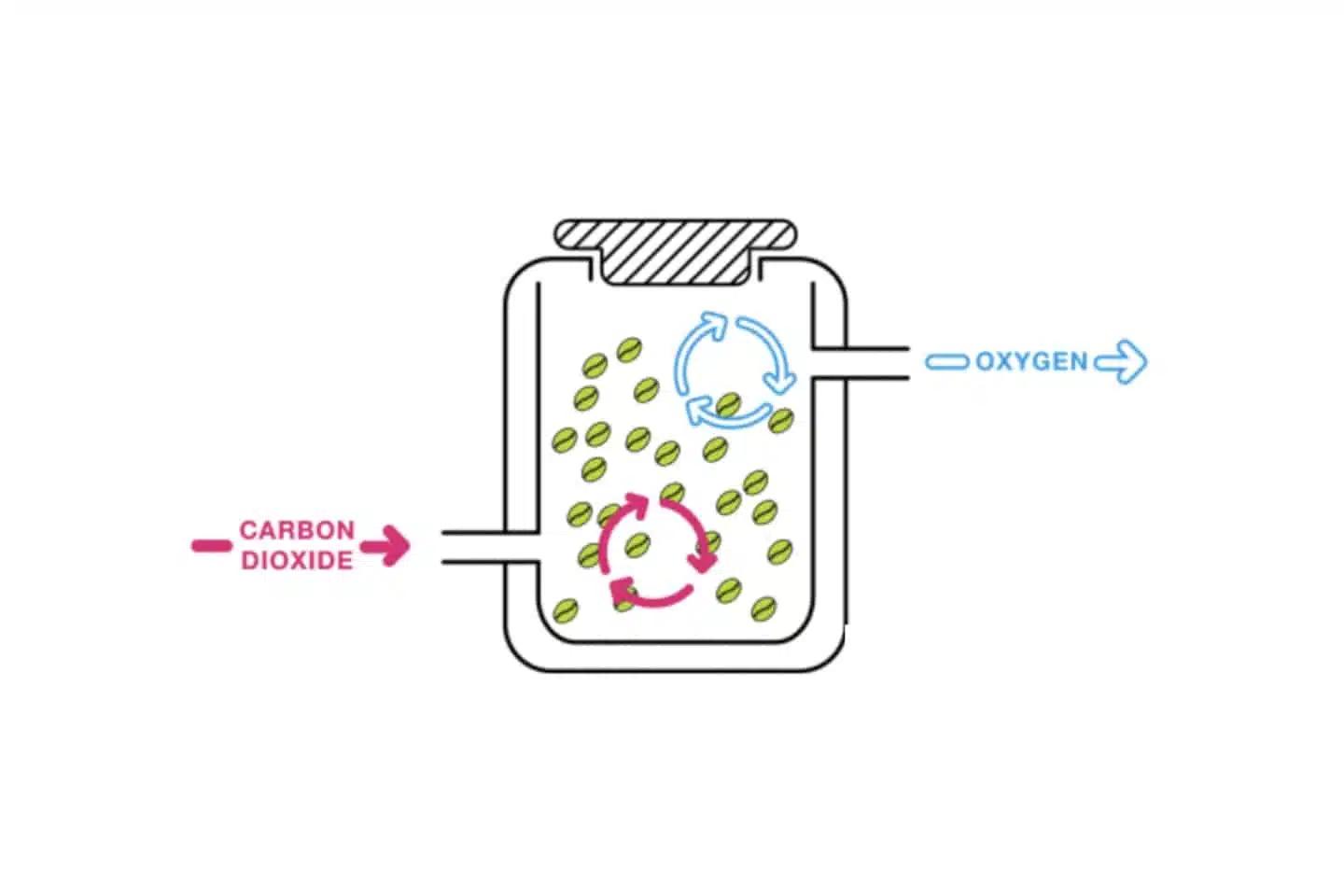
The Carbonic Maceration (CM)
The fermentation method of "carbonic maceration" has its origins in wine production. This method involves first sorting out the unripe or defective coffee cherries in a bed of water. Then, the intact cherries are placed in airtight tanks with one-way valves and fermented in a controlled CO2-rich environment. Carbon dioxide is added separately to the tank containing the coffee cherries. The fermentation process can then last for days or weeks. Due to varying pressure levels in the tank, the cherries ferment very unevenly. The coffee cherries at the bottom of the tank are practically crushed by gravity from all the top ones, with the top ones fermenting much more in themselves. This leads to the production of different available sugars and pectins, which are processed by the microorganisms.
Depending on the duration, this produces different flavor profiles, often reminiscent of tropical fruits such as pineapple or papaya. In the meantime, there are also CM methods in which the picked coffee cherries are washed, i.e. the bean is separated from the pulp before being placed in the tanks for fermentation. This is called washed carbonic maceration.
Depending on the duration, this produces different flavor profiles, often reminiscent of tropical fruits such as pineapple or papaya. In the meantime, there are also CM methods in which the picked coffee cherries are washed, i.e. the bean is separated from the pulp before being placed in the tanks for fermentation. This is called washed carbonic maceration.
Zurück zur Übersicht


Wir schenken Dir 5€
auf Deine nächste
Kaffee Bestellung
Gutscheincode anwendbar auf alle Kaffeprodukte. Mit der Anmeldung erklärst Du dich damit einverstanden, E-mail Marketing zu erhalten. Datenschutz
Check Dein Postfach !
Wir haben Dir soeben eine Mail mit einem
Bestätigungslink an Deine angegebene
E-Mail-Adresse geschickt.
